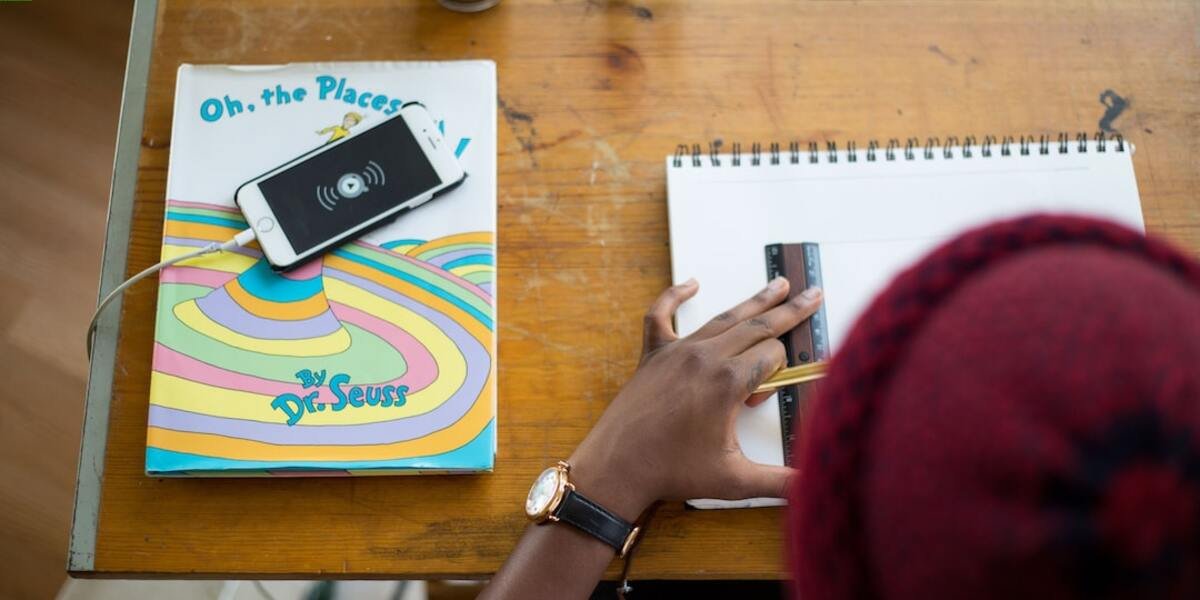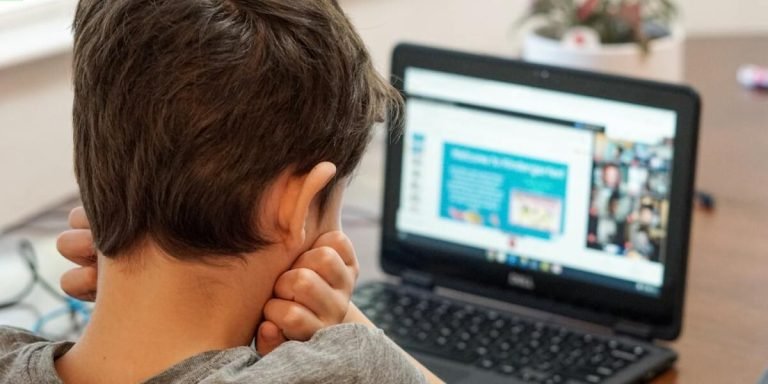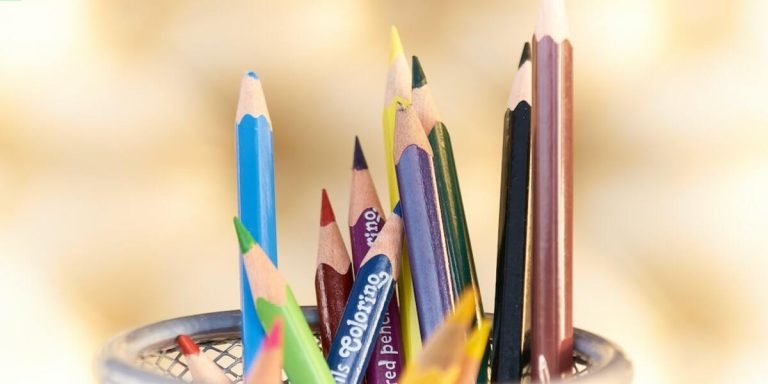Primary Teacher: Cultivating the Building Blocks of Childhood Education.
The role of a primary teacher extends far beyond mere dissemination of academic knowledge. These educators lay the foundational building blocks for lifelong learning, shaping young minds and influencing their outlook towards education. They are not just teachers, but nurturers who foster creativity and curiosity in children while instigating an love for learning.
Primary school years play a pivotal moment in determining how a child perceives academia in his/her later life stages. Guidance from competent and compassionate individuals at this stage helps to set them on right trajectories leading towards fruitful educational experiences. This piece will explore the essence of elementary school learning, emphasizing the crucial part that primary teachers play within it.
Did you know?
Did you know that during the 16th and 17th centuries, primary education often included teaching children how to behave properly, alongside reading and writing? This integrative approach sparked a global attitude towards holistic development in early childhood education.
Embracing Diverse Learning Styles in Elementary Education
Embracing diverse learning styles is an essential aspect of education, particularly in elementary schools where students are beginning their academic journey. In the present year 2023, it’s a well-acknowledged fact that no two children learn or develop at the same pace. Hence, primary teachers play a pivotal role in discerning and accommodating these individual differences to ensure holistic development.
The advent of technology has been instrumental in revolutionizing this approach to teaching. Armed with digital tools like apps and online platforms, primary teachers can now curate personalized learning experiences tailored to meet each student’s unique needs effectively. These resources allow for flexible instructional techniques catering to various learner profiles – visual learners thrive through graphic presentations while auditory learners excel when engaged via audio clips or music.
Moreover, integration of technology into classroom settings promotes tech literacy among youngsters—an indispensable skill set considering our digitally-driven world today—while paving ways for creative problem-solving and critical thinking exercises too! Significantly enhancing engagement rates amongst kids by gamifying lessons using virtual reality (VR) or augmented reality (AR), thereby making subjects more relatable and fun!
Thusly embracing diversity recognizes every child’s potentiality irrespective of their varied backgrounds while ensuring they’re better prepared acadically as they progress from being curious kindergarteners into confident scholars ready head on challenges ahead.
Strategies Primary Teachers Use to Accommodate Different Learners
In a rapidly changing educational landscape, primary teachers are resorting to innovative strategies to promote an inclusive and dynamic learning environment for students with diverse abilities. This section of our blog will delve into some such effective pedagogical techniques that have been successfully tested in elementary school settings.
One prominent strategy leveraged by primary teachers is differentiated instruction. Recognizing the fact that children learn at different paces and via varied methods, teachers individualize instructions based on learners’ skill sets. For example, mathematical concepts could be reinforced through visual aids or hands-on activities depending upon each learner’s preference.
Technology integration has emerged as another powerful tool in accommodating different learners. Primary educators today make use of interactive whiteboards, digital storytelling tools or even augmented reality applications not just to peak their pupils curiosity but also facilitate understanding complex ideas more effortlessly.
The rise of blended learning models leveraging both online and offline mediums also adds flexibility while catering to heterogeneous groups of learners within a single classroom setting . The approach allows kids who need additional time grasping certain topics without disrupting the flow for fast-learners ensuring every child progresses collectively yet individually.
Another ubiquitous technique used by these 21st century prima donna’s is embedding game-based elements or gamification within curriculums – turning traditional rote-learning methodology table topsy-turvy! Gamified platforms offer rewards like points or badges which can motivate children sustainedly apart from breeding healthy competition amongst peers thereby fostering overall cognitive development besides academic growth.
The Role of Multisensory Approaches in Enhancing Student Engagement
The role of multisensory approaches in enhancing student engagement is crucial, particularly in the modern-day elementary schooling system. As a primary teacher, one can effectively leverage these methods to cater to diverse learning styles.
In recent years, there has been an increased emphasis on integrating technology into education. Teachers are now exploring innovative ways of incorporating this resource not as a mere supplement but instead as a vital part of their teaching strategy. This integration encompasses various media types like text, audio and visual content that work together to create an immersive learning environment for students.
One profound example could be interactive games or applications promoting problem-solving skills through auditory instructions complemented by visual prompts. Such tools beckon active participation from children while also helping reinforce what they learn during class time.
Furthermore, digital platforms can offer personalized educational experiences based on individualized pupil needs—be it language development tasks or mathematics exercises at varying difficulty levels. With accurate tracking features embedded within most technological resources today (2023), teachers can monitor student performance and adjust lesson plans accordingly with ease.
Moreover, using technology-driven sensory stimulation allows for more equitable access among underprivileged kids who might have limited exposure due to socio-economic factors otherwise.
Here’s where schools’ partnerships with ed-tech companies become increasingly important; they help bridge the digital divide by providing cost-effective solutions without compromising quality education standards.
Integrating Technology into the Classroom for Enhanced Learning
Primary teachers today are harnessing the power of technology to enhance learning within their classrooms. Teaching in 2023 is no longer confined to chalk and board; it’s about implementing new strategies using digital tools.
Technology integration has become even more critical now as we navigate our way through a world that banks heavily on technological advancements for progress. And so, our primary education system must resonate with this trend.
As custodians of early childhood education, primary teachers have an essential role to play here. Integrating technology into classroom teachings improves students’ engagement levels and imparts knowledge effectively due to its interactive nature.
Children at the elementary school level learn by exploring and interacting with their environment. With advanced yet user-friendly educational apps, e-books, virtual reality experiences or online puzzles helping young learners grasp complex concepts easily, children can explore a whole new dimension while enjoying the process.
Moreover, incorporating technology empowers educators too! A well-integrated tech-equipped curriculum enables them efficiently plan lessons that allow each student individual attention when needed whilst maintaining collective participation during group activities conducted virtually or offline!
And let’s not forget – In addition to improving literacy skills amongst youngsters significantly over time – Technology also assists greatly in teaching crucial life-skills such as computer literacy & internet safety from an early age itself which holds immense importance considering how deep-rooted these aspects have become across all spheres of every-day life today!
How Primary Teachers Utilize Educational Apps and Platforms
In the realm of education, primary teachers are at the forefront of integrating technology into classroom learning. With a myriad of educational apps and platforms available in 2023, each offers unique opportunities for enrichment among young learners.
One significant way that primary teachers utilize these tools is by turning traditionally abstract concepts into tangible experiences. For example, using virtual reality programs or augmented reality applications can bring historical events to life or enable children to explore space right from their desks. This serves as an engaging method to provide context and depth to what students read in textbooks.
Furthermore, online interactive quizzes like Kahoot! makes test preparation less daunting and more enjoyable for students while providing immediate feedback on their understanding. Teachers also extensively use Google Classroom; it’s a comprehensive platform where assignments are dispersed, collected and graded electronically saving immense time while reducing paper waste.
Teachers create innovative lessons through coding apps such as Scratch Jr., enabling even kindergarten-age kids start building essential tech skills early on.
Moreover, language-learning apps offer access to native speakers thereby furnishing immersive environments that would otherwise be possible only via expensive field trips abroad!
Personalized learning paths set up by adaptive learning systems such as DreamBox Learning adjust per student’s pace ensuring no one gets left behind when new material is introduced.
Benefits of Interactive Whiteboards and Digital Tools for Young Students
For years, primary teachers have faced the challenge of keeping young students engaged while imparting essential learning. In 2023 when technology is rapidly evolving and shaping our daily lives, integrating it into classroom education has become more vital than ever. Notably, interactive whiteboards and digital tools are revolutionizing elementary school learning.
Interactive whiteboards act as a catalyst for boosting student participation. They transform typical lecture-based lessons into an engaging experience by bringing interactivity to presentations via touch recognition on large screens instead of using traditional pen or chalks in regular boards. This innovative tool captures the curiosity of youngsters who navigate comfortably in today’s touchscreen world.
Engaging visuals contribute significantly to knowledge retention among younger students compared to plain text instructions given verbally or through printed materials. Integrating colorful diagrams or animated clips can make complex concepts easier to understand by breaking down information into readily digestible chunks that stimulate auditory-visual learners alike.
Moreover, these high-tech devices bridge both teaching and learning gaps during remote classes – a scenario oft-faced because of global health crises like Covid-19 pandemic times where physical classrooms were replaced temporarily with virtual ones without compromising on class productivity levels since they offer real-time collaboration features such as annotating shared screen content together with their peers which reinforces teamwork skills even from great distances apart!
Digital tools complement this synergistic relationship between technology integration in education further streamlining homework management process allowing parents track progress effectively reinforcing accountability values at tender age itself thus preparing them future professional success journeys!
Fostering a Positive School Environment for Early Learners
Primary teachers now play a key role in integrating technology into education, facilitating tech-enabled engaging learning experiences for early learners.
Embracing technologies such as AR/VR, customized educational apps, and interactive modules is essential to ensure academic success for students entering elementary school in a rapidly evolving technological landscape.
The collaboration between educators and technology creates spaces conducive not only to cognitive development but also socio-emotional growth among our young scholars. Integrating pedagogy with modern tools amplifies opportunities for individualized instruction that resonates well with diverse learner needs at such tender ages. Platforms offering edutainment content hold high interest value allowing primary teachers effectively translate textbook knowledge into practical scenarios thereby fostering a kinaesthetic bond towards education.
Yet, even as elementary schools immerse themselves headlong into digitizing classrooms, nurturing physical social interactions remains paramount too! Balancing screen time while reinforcing fundamental human communication skills forms another aspect requiring adept navigation by today’s forward-thinking educators.
Techniques Used by Primary Teachers to Build Classroom Community
Primary teachers are the unsung heroes molding young minds to build a better future. They skillfully juggle the academic necessities while maintaining harmony in classrooms typically packed with diverse personalities and learning styles. Here, we unearth some techniques used by primary teachers to foster a sense of community within their classroom walls.
Engaging students in decision-making is one strategy that can yield fruitful results for elementary school learning. Children inherently aspire for autonomy; hence involving them in decisions fosters respect and responsibility amongst peers – crucial components required when building bridges between various student groups inside any classroom.
Encouragement of teamwork is another technique frequently employed by primary teachers eager on fostering unity amid diversity at this stacked juncture of early schooling years where ‘learning through fun’ reigns supreme even as critical cognitive skills begin developing simultaneously. Group projects on topics related to technology integration in education often help students learn cooperation besides introducing them subtly into our increasingly digital world’s nuances since 2023 onwards there has been an increased emphasis on such areas across global curricula.
Importance of Emotional Support in Promoting Academic Success
In the realm of elementary education, a primary teacher plays an integral role in shaping the academic success and personal growth of many young learners. One critical aspect involves fostering emotional support that significantly promotes their overall development.
To begin with, establishing an emotionally supportive environment is essential in making students feel safe and comfortable at school. A classroom where emotions are respected instills a positive attitude among children towards learning. Such environments also reduce anxiety levels and encourage curiosity which leads to better engagement during lessons.
It’s important for teachers to understand that early years are formative periods when children learn about social interactions, empathy, self-expression amongst other things; all closely associated with emotional well-being. For instance, through simple activities like group work or pair projects aimed at strengthening peer relationships can promote both social skills as well as reinforce academic knowledge.
Furthermore in this tech-savvy age going by current year 2023 scenario , technology integration comes into play here too! Many educational applications offer tools designed specifically for promoting student welfare including features such as digital praise badges or platforms enabling communication between parents-teacher-student trio regularly ensuring everyone stays connected even outside school premises .
Conclusion
To wrap things up, the role of a primary teacher in molding young minds is pivotal. It’s not merely about imparting academic knowledge, but fostering all-round development and instilling essential life skills. Remember that as children begin their educational journey, you are the architect crafting those critical building blocks for future success.
Don’t miss out on more enriching insights to bolster your child’s learning expedition or enhance your technique as an educator. Our website offers a plethora of resources curated specifically to help parents and educators advocate better for early education because every step taken today will reflect positively tomorrow!







